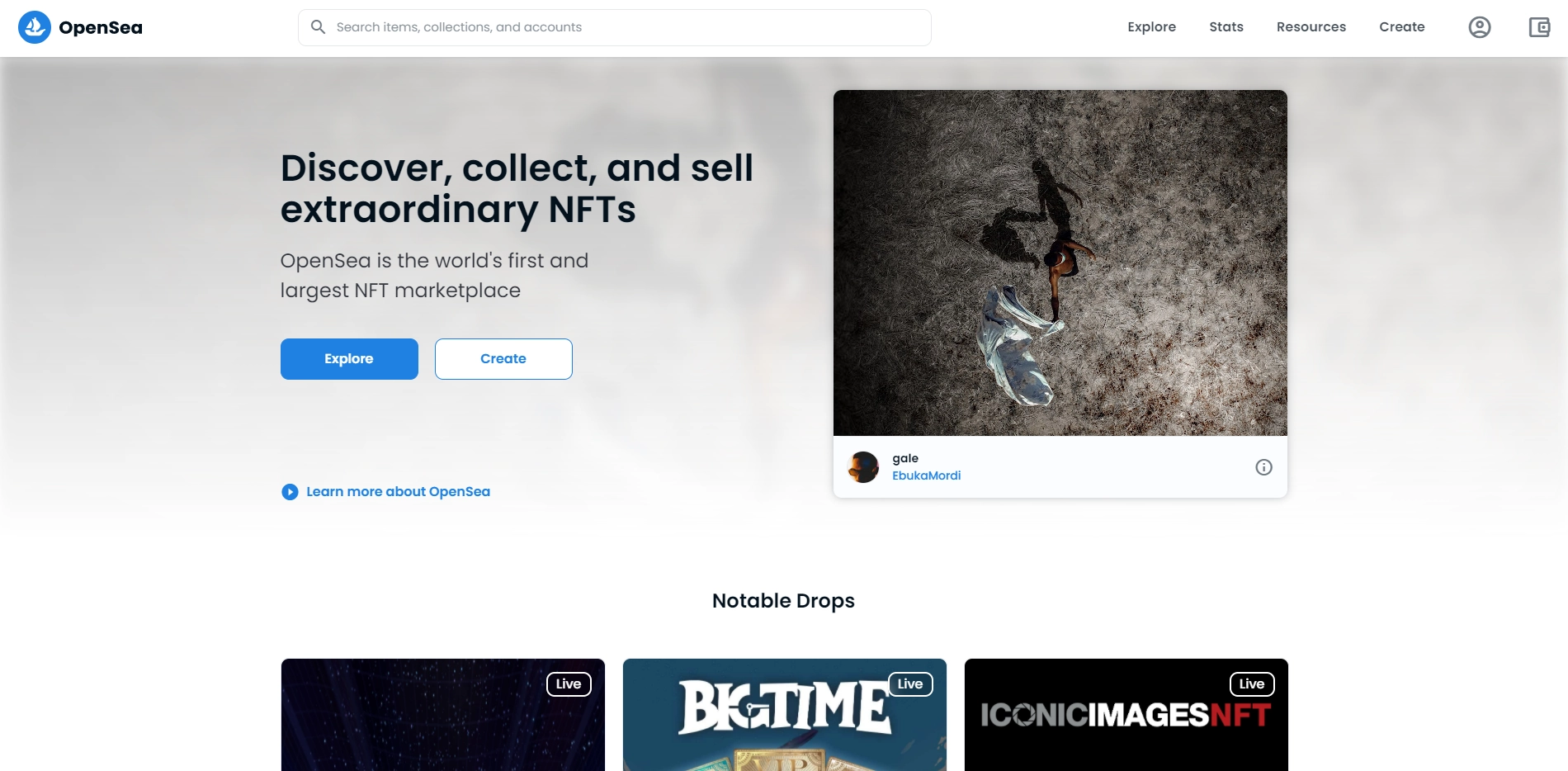How To Create and Sell NFTs
Non-Fungible Tokens (NFTs) are growing in popularity due to several reasons. They have gained significant traction; proponents of NFTs believe that they will change the face of digital content. The rate of NFT creation, as well as rate of sale, is rising rapidly.
What does it mean for something to be non-fungible? Well, an item is fungible when it can easily be replaced. For example, one dollar can be replaced with another dollar or with a hundred cents.
Bitcoin is fungible because you can trade one Bitcoin for another. On the other hand, a non-fungible item is unique and cannot be replaced with any other item. Non-Fungible Tokens are unique or rare digital assets.
NFTs can be used to represent any type of real or intangible item. They include artwork, music, virtual land (property), video clips of iconic sporting moments, collectables like digital trading cards, virtual items in video games, virtual currency, and tokenized real-world assets.
To discover more NFT use cases, refer to our blog here.
How Are NFTs Created?
Creating an NFT does not require significant knowledge or technical background. A creator can produce NFTs like a GIF, image, video clip, or music.
Before you create an NFT, you need to decide which blockchain you want to use to issue your NFTs.
The majority of the NFT activity currently takes place on the Ethereum blockchain. However, there are many blockchains available to choose from, including:
Binance Smart chain
Flow by dapper labs
Tron
EOS
Polkadot
Tezos
Cosmos
WAX
All these blockchains have their own NFT token standard, compatible wallet services, and marketplaces. As Ethereum has the largest NFT user base, let’s see what you need to have before creating an NFT on the Ethereum blockchain:
You need to have an Ethereum wallet that supports the Ethereum-based NFT token standard, ERC-721. For example, you need to have a wallet like MetaMask, Trust wallet, or Coinbase wallet
To perform transactions on Ethereum, you need to have about $50 - $100 of Ether (ETH) in your wallet. You can acquire ETH on any crypto exchange.
Once you have these, you need to upload the file that you want to turn into an NFT onto the platform. If you create an NFT on Ethereum-based blockchain, you hold custody of them in your wallet.
NFT Marketplaces
A marketplace enables you to create your own NFTs. All you need to do is register and become a listed artist on the marketplace. The most popular NFT marketplaces are:
OpenSea
Rarible
SuperRare
Foundation
AtomicMarket
Myth Market
BakerySwap
KnownOrigin
Enjin Marketplace
Portion
OpenSea is the largest marketplace for Ethereum-based NFTs. Recently, the platform announced a feature that allows creators to mint NFTs without paying any gas fees, which we discuss below. Many individual creators are using OpenSea to create and sell NFTs.

To upload an NFT, create a collection and name it. Then, add all your NFTs to the collection. You can create NFTs to it using any type of digital content file such as image, video, music, etc.
After creating the NFT, add a name, description, and set the rarity of the NFTs. Rarity is one of the most important factors in determining the value of an individual NFT.
What Does it Costs to Create an NFT?
It costs you nothing to make an NFT on platforms like OpenSea. Other platforms might charge a fee known as the “gas fee” on Ethereum based platforms.
The Ethereum gas fee is the amount of ether required to perform a certain function on the blockchain. In this case, gas fees are required to add a new NFT to the marketplace. If more people are transacting value on the network, the gas fees will be more at that point in time.
How to Sell NFTs on Marketplaces?
Most of the NFT marketplaces allow you to list and sell your NFTs. You have to locate the NFTs in your collection and find the sell button by clicking on them. When you click the sell button, it will take you to the pricing page.
The pricing page allows you to define the conditions of a sale. You can choose to run an auction or sell the NFTs at a fixed price.
The most common cryptocurrencies used to buy/sell NFTs are Ether or other ERC-20 tokens. But, some platforms only support the native token of the blockchain on which they were built. For example, VIV3 is a Flow blockchain marketplace and it only accepts FLOW tokens.
If you would like to sell NFTs on the largest NFT marketplace, OpenSea, navigate to the asset page for a selected NFT and click “sell”. You can choose from the type of sale, including set price, auction, and bundled sale.
You will also find the option to program royalties on OpenSea which allows you to earn a commission every time a user sells an NFT created by you. This is the most powerful aspect of NFTs and allows the creators to earn a lifelong passive income. No matter how many times NFT is sold after an initial sale, the original creator will still earn revenue.
Bottom Line
The NFT trend has been gaining traction for the past year. Digital creators can make a substantial income by creating and selling their own tokens.
Major brands and celebrities have signed deals to release their own tokens. With new ideas coming into the marketplace every day, the trend shows no signs of slowing down.

